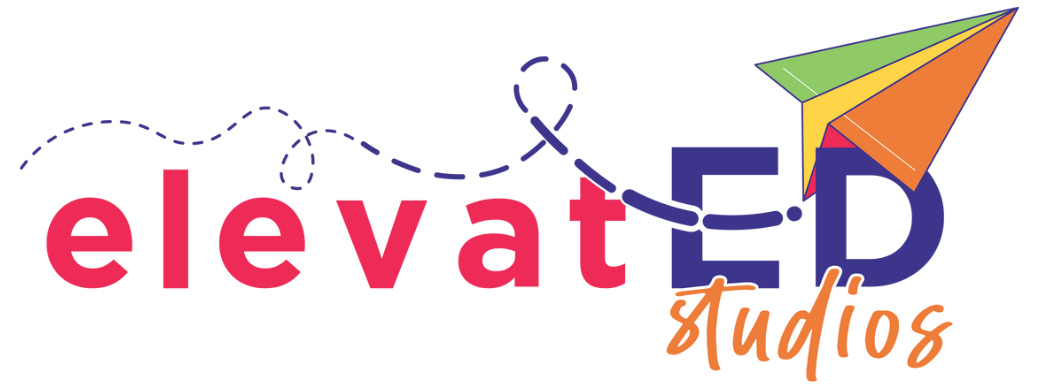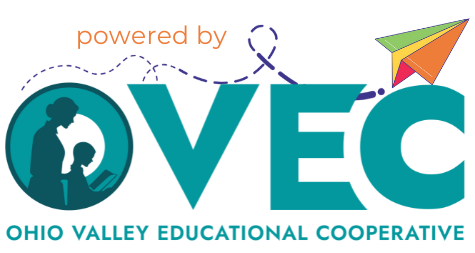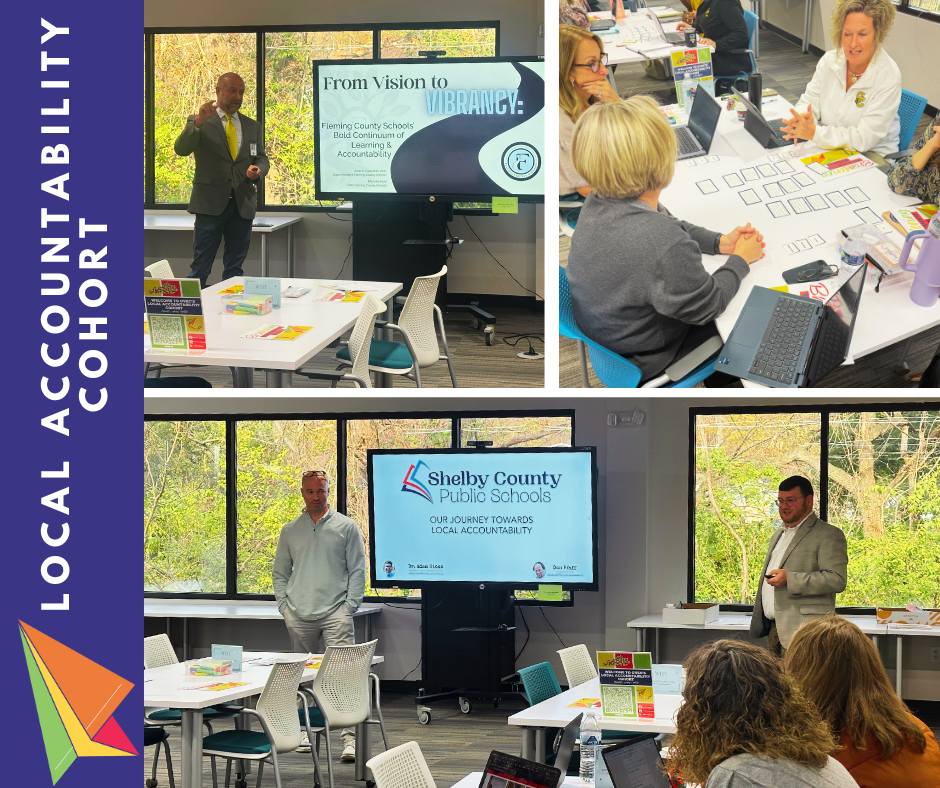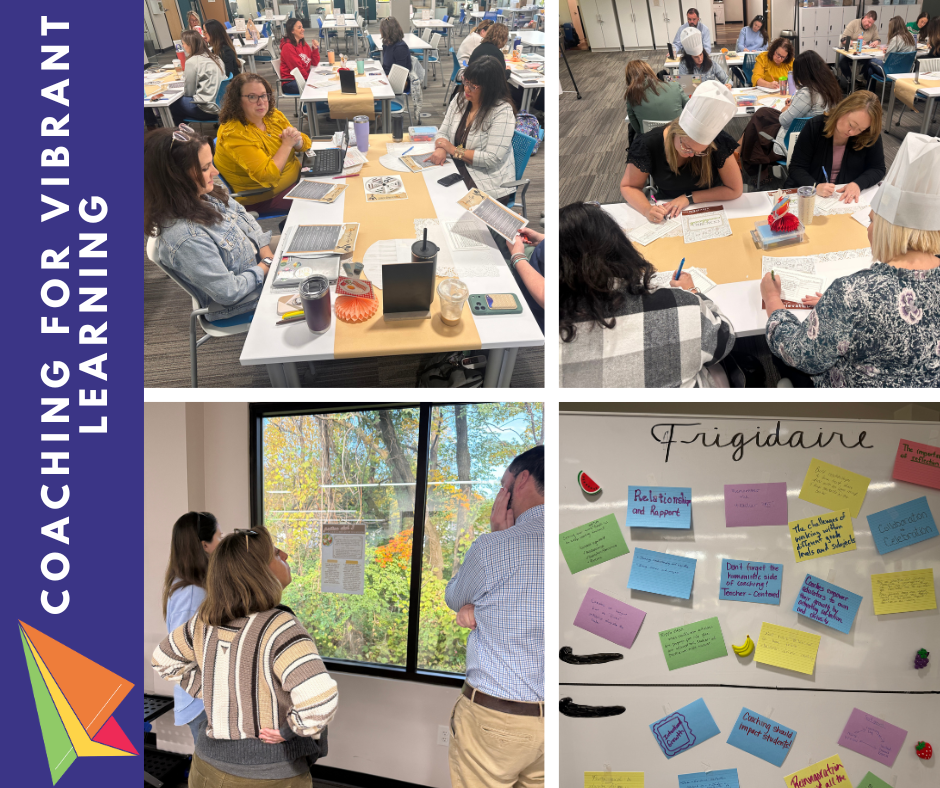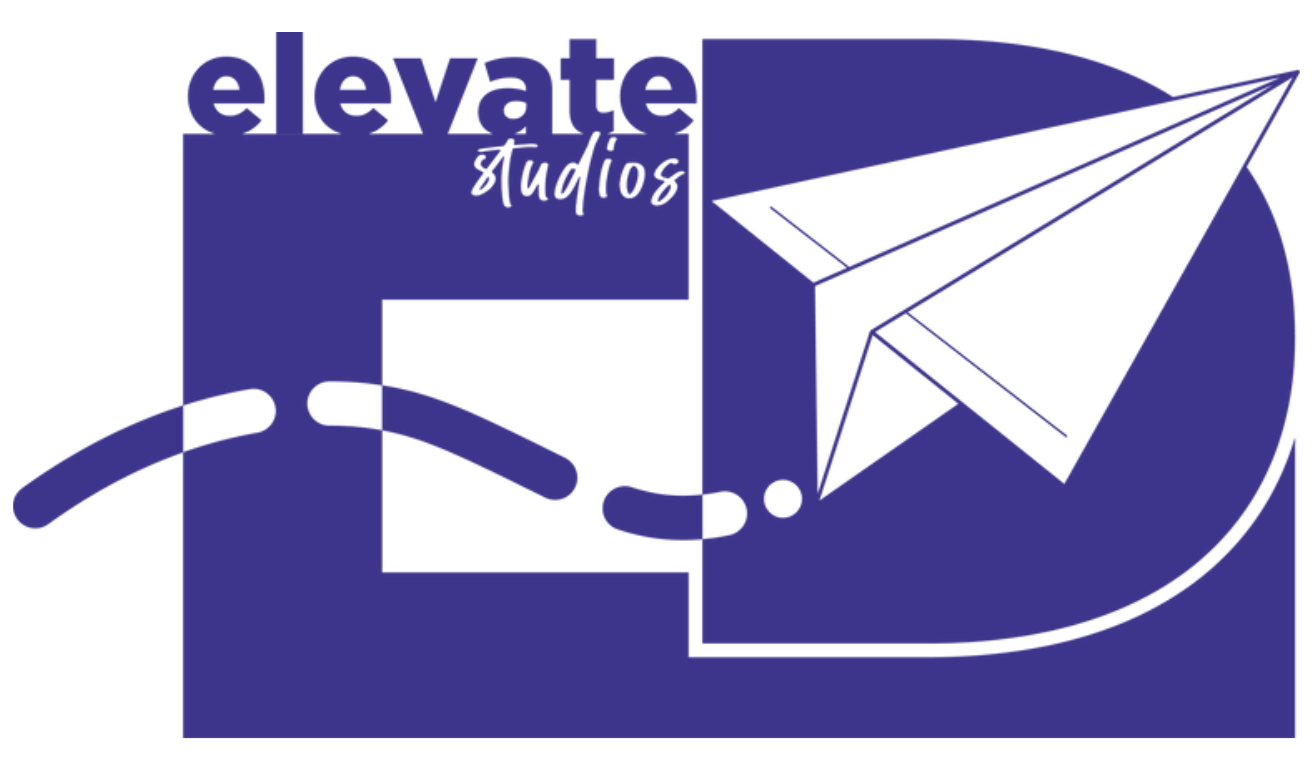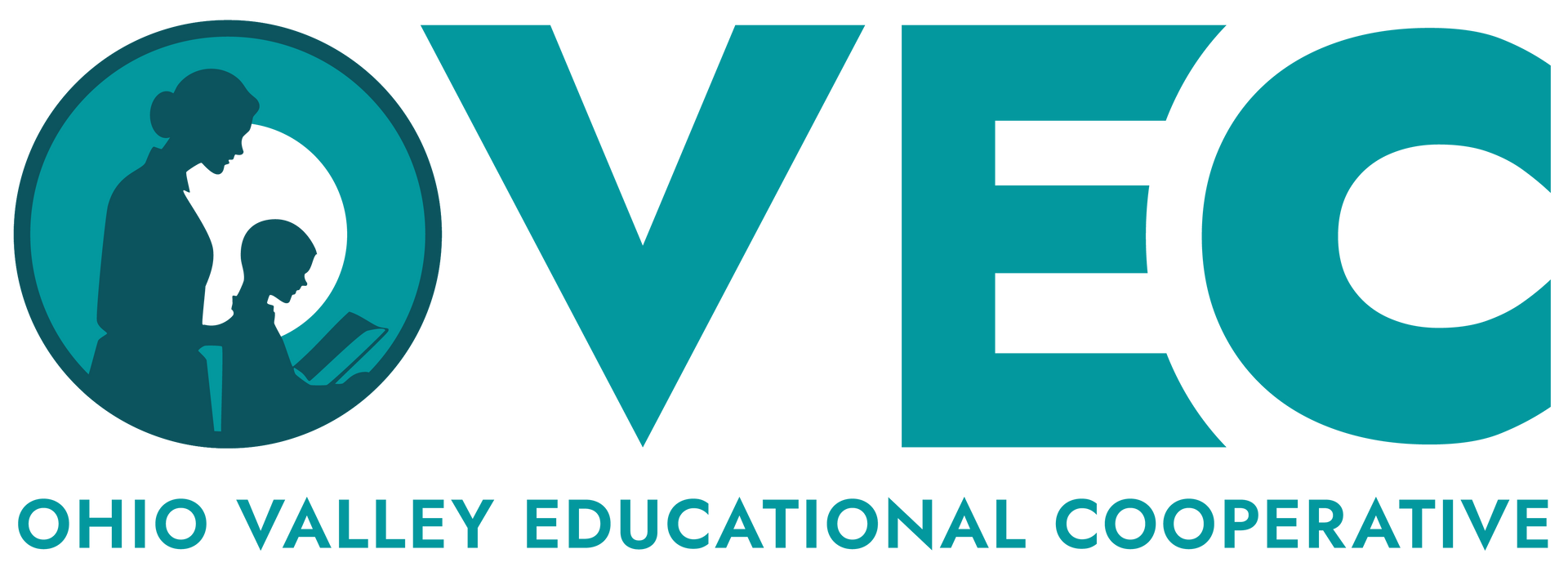Building Collaboration from Day One
This article has been written by Lacey Eckels
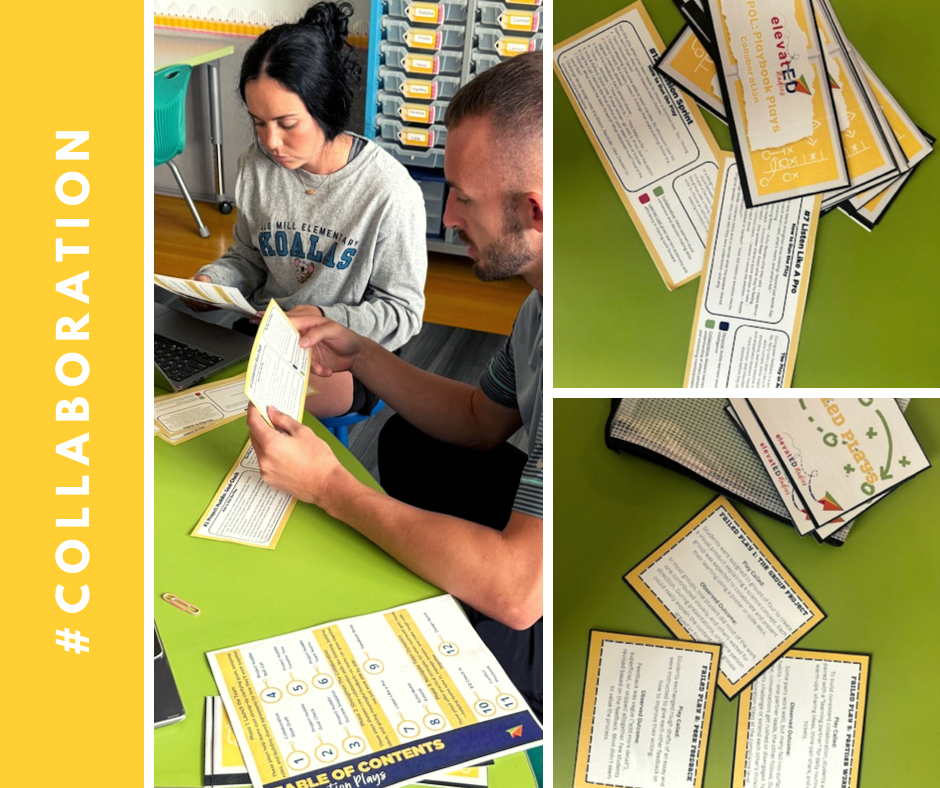

Collaboration shows up in nearly every Profile of a Learner. But it doesn’t just happen because students sit in groups. Without intentional design, group work can quickly slide into uneven participation and missed opportunities to grow the skill.
This summer, educators at Old Mill Elementary and Elizabethtown Independent Schools took on the challenge of teaching collaboration intentionally. Guided by the Transformation Framework, they explored how to design learning so collaboration is meaningful, builds on learners strengths, and gives space for reflection and ownership.
They worked from a simple game plan: inputs (standards plus the Transformations), plays (strategies and tools that bring those inputs to life), and outputs (the standards and learner profile skills students develop, like listening deeply, navigating perspectives, and moving ideas forward).
Their work centered on practical entry points from the new Collaboration Learner Profile Playbook:
- Mini-Lessons – teaching a single collaboration move (like active listening or shared decision-making) before students start a task.
- Plays – weaving collaboration strategies into authentic content.
- Equipment Room – tools and organizers to ensure balanced participation and reflection.
These educators left with concrete ways to help students not just do group work, but learn how to collaborate with purpose and confidence from day 1.

Our Learner Profile Playbook is packed with ways to teach essential skills, like collaboration, with the same intentionality we bring to content.
Conflict Playbook is one of those Plays. Run this play when you spot conflict or tension emerging in a pair or team, instead of letting discomfort derail collaboration.
When tension rises, call a Conflict Time-Out and guide learners through the play:
Step 1: What’s the Rub?
- Each team member names the tension from their perspective, brief and without blame:
- “What feels stuck or off right now?”
Step 2: Common Ground Check
- Refocus on the shared goal:
- “What are we actually trying to accomplish together?”
Step 3: Choose a Play Call
- The team selects one conflict resolution strategy from the menu below:
- Swap & Explain: Each person restates the other’s viewpoint to show understanding
- Pick & Test: Try one idea for 10 minutes—then reassess
- Third Voice: Invite a neutral peer or teacher to help suggest a merge or alternate solution
- Quick Write: Everyone writes their thinking silently first, then shares
- Vote & Commit: If truly stuck, take a quick team vote and move forward together
Step 4: Make the Next Play
- “What’s our next step, and who’s doing what?”
Challenge Mode (Optional Upgrade):
- Team Choice Menu: Let each team customize their Conflict Playbook—choose 3 favorite play calls and give them team-specific names (e.g., “Lightning Round” or “Silent Think”).
- Weekly Retrospective: Add a brief “How did we handle conflict this week?” question to team journals or project reflections.
📂 Access the full play here: Conflict Playbook
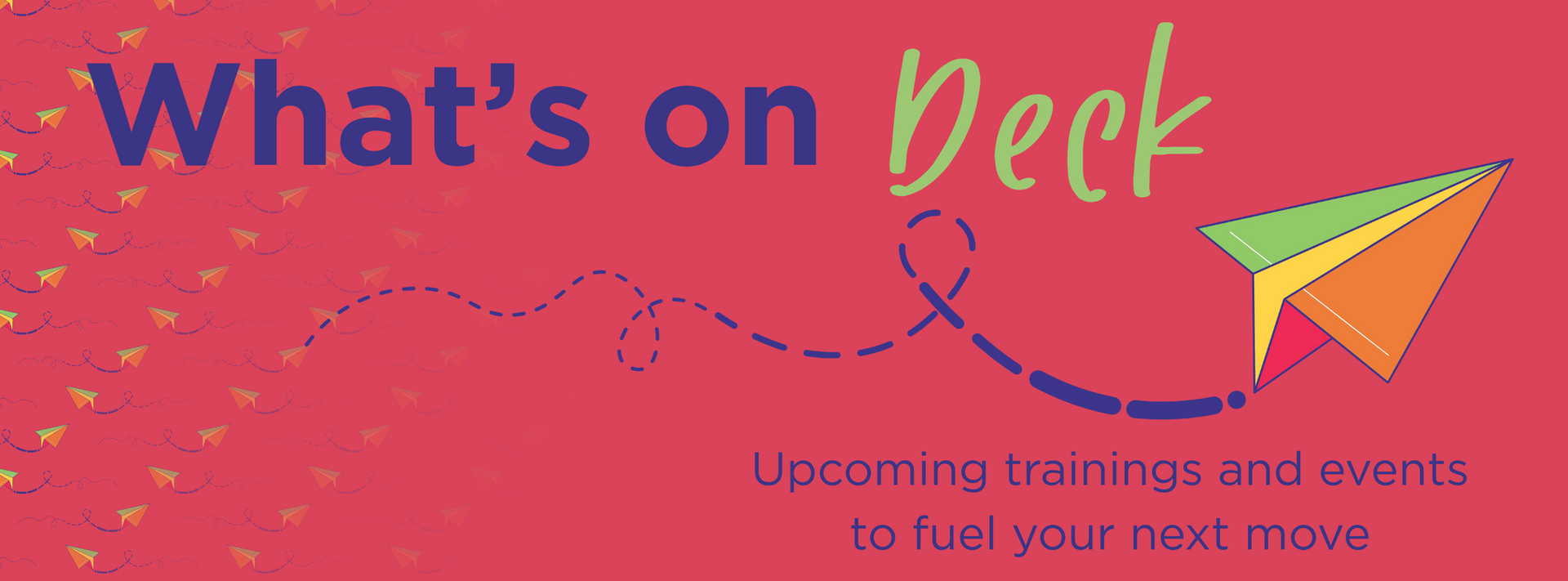
✈️ September 22 - The Learner/Graduate Profile Playbook (9am-3pm)
Ready to move your Profile of a Learner from words on a page to real impact in your classrooms? This full-day session will take you deeper into the Learner Profile Playbook to:
- Explore more Plays (like the Conflict Playbook) you can run right away
- Learn practical ways to design for two essential skills in any profile: collaboration and communication.
- Leave with ready-to-run lessons, embedded strategies, and tools that make these skills visible, intentional, and powerful in your classroom.
- 🔗 Sign up here
✈️ September 29th - Local Accountability Cohort Kickoff (9am-12pm)
How do we design systems that tell a complete story of student, school, and community success? Join our OVEC Local Accountability Cohort to:
- Learn alongside districts reimagining accountability
- Explore real models and prototype tools
- Turn bold aspirations into sustainable, scalable systems
- 🔗 Sign up here
✈️ Personalized elevatED studios Partnerships
Ready to reimagine the learner experience for your school or district? Check out some of our Partnership Snapshots for inspiration on how we might co-design a more vibrant future for your learners!
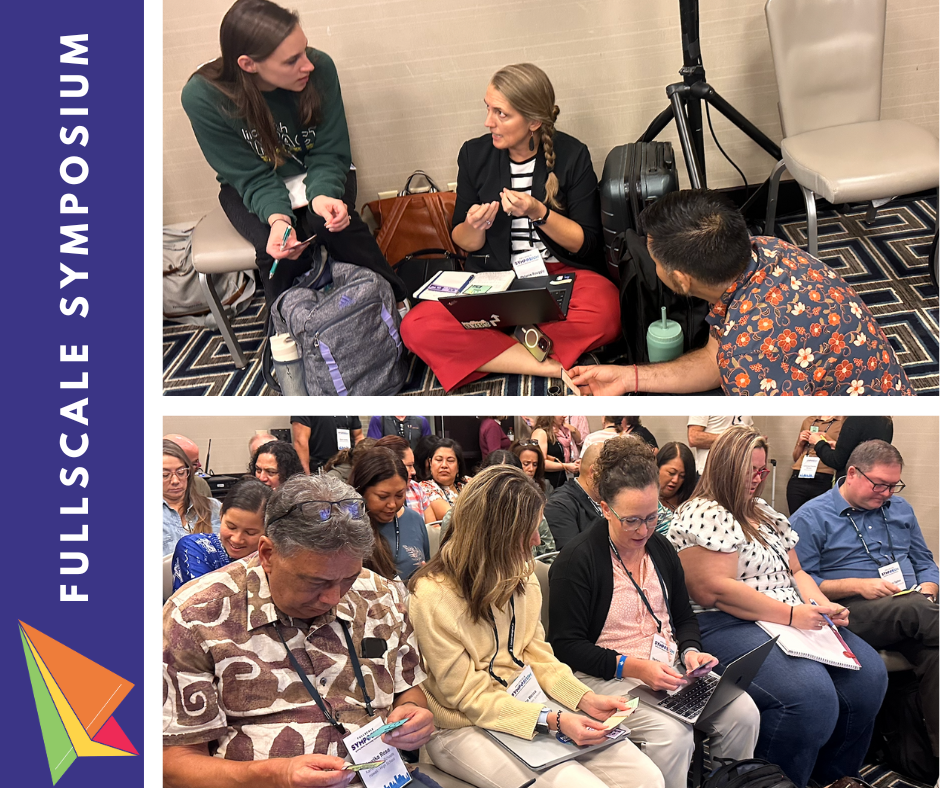

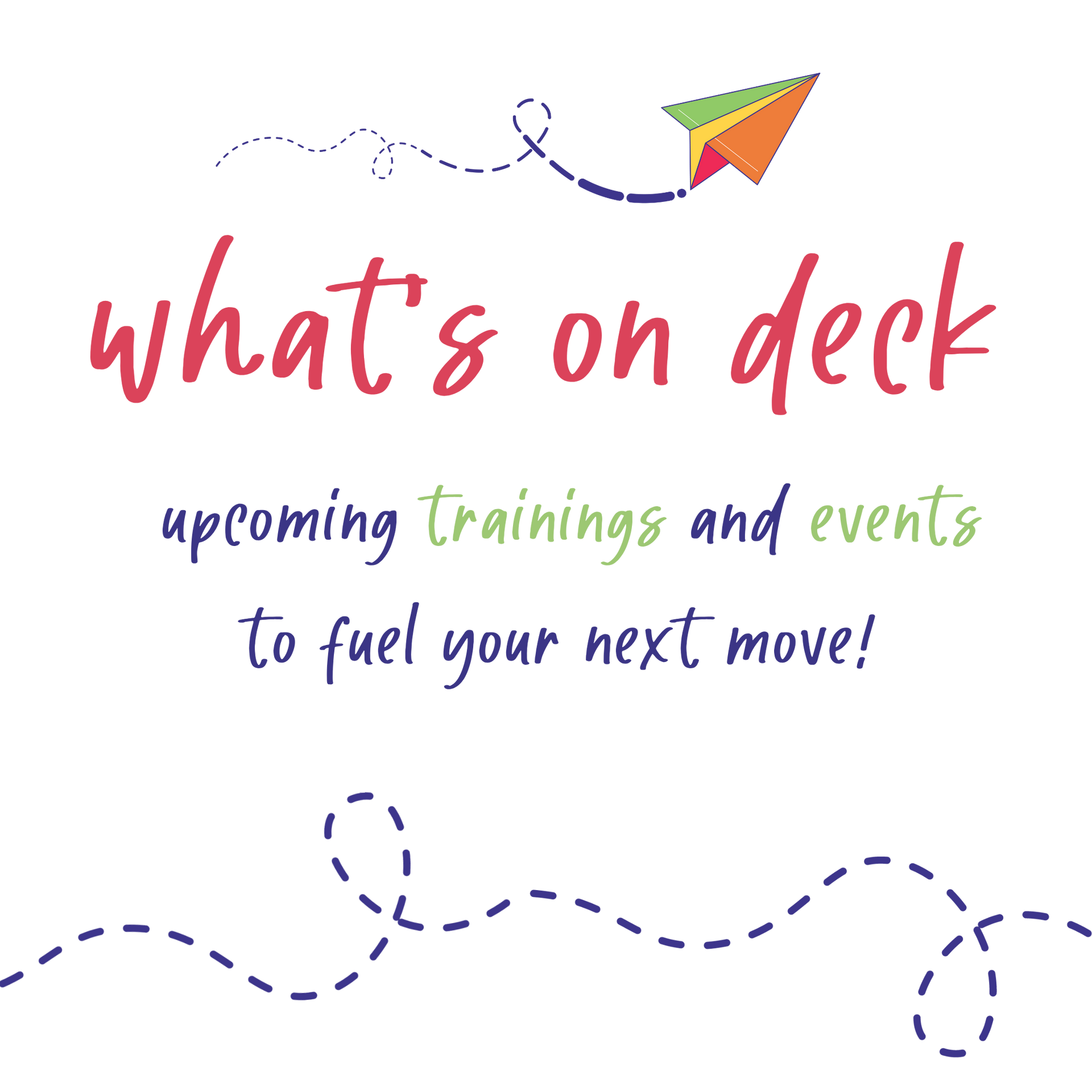
Share this article
